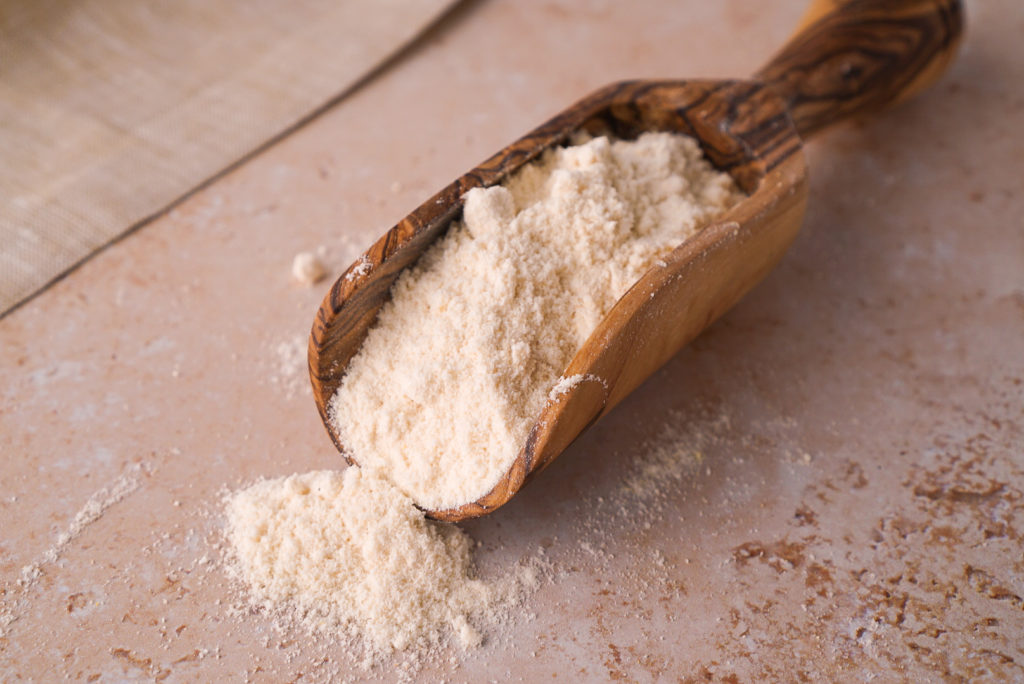Everything You Need To Know About Baking With Coconut Flour
Unlock the Potential of Baking With Coconut Flour: Recipes with Coconut Flour, Substituting Flour for Coconut Flour, and More
Dive into the universe of baking with coconut flour and discover its many applications as a versatile substitute for traditional wheat flour. If you’re intrigued by the nutritional value of coconut flour and want to elevate your baking game, you’ve come to the right place. In this guide, we’ll walk you through everything you need to know about baking with coconut flour, from cakes, cookies, pancakes made with coconut flour to maximizing its potential in your recipes.
What is coconut flour?
Coconut flour is made from dehydrated and ground coconut. It’s great for baking thanks to its naturally sweet and mild coconut flavor. Coconut flour can be used in a variety of recipes as a substitute for wheat flour and is a popular gluten-free and grain-free flour alternative used in baking. Keep in mind, however, that it cannot be used as a 1-to-1 replacement for wheat flour in a recipe.

Why choose coconut flour?
Coconut flour is high in fiber, protein, low-glycemic, and since coconut is a fruit and not actually a grain-based flour, it is naturally gluten-free, grain-free, and nut-free!
What does coconut flour taste like?
While coconut flour does have a mild, sweet coconut flavor it doesn’t taste exactly like taking a bite of fresh coconut. The flavor is more subdued and a bit drier. It pairs well with other strong flavors such as banana, chocolate and even savory spices.
Baking with Coconut Flour
When baking with coconut flour, don’t expect it to behave exactly like ordinary flour. Since it doesn’t contain starch as grain-based flours do, it can’t be substituted one-to-one for wheat flour in baking.
A little bit goes a long way. Because of how absorbent it is, coconut flour is best limited to about 25% of the total flour used in a recipe. A good rule of thumb is 1/4 to 1/3 cup of coconut flour for 1 cup of regular flour. When flour absorbs water, the starches gelatinize, but when coconut flour absorbs liquid it becomes soggy, resulting in a heavier, denser baked good.
Since coconut flour doesn’t contain gluten proteins that bind and create structure, eggs are usually used to hold the product together without crumbling. Using coconut flour in egg-free baking can be tricky but not impossible! Flax eggs, bananas, and apple sauce can also be used to bind and add structure.
How to Measure Coconut Flour
Accurately measuring coconut flour is easy. Simply scoop the flour out of the bag with your measuring cup and level it with a knife or use a kitchen scale. It’s also good practice to sift the coconut flour before baking to avoid clumps.
How to Store Coconut Flour
Since coconut flour contains more fat and oil than traditional flours, it has a shorter shelf life. To preserve its freshness, it’s recommended to store in an airtight container in a cool dark place for 6-12 months. You can also extend your coconut flour’s shelf life by storing it in the freezer.
Substituting Coconut Flour
To avoid the guesswork that may come with baking with coconut flour, it’s best to stick to tried-and-true recipes designed specifically for coconut flour. Once you’ve become more familiar with how coconut flour behaves, you can experiment with substituting it on your own.
 VIEW ALL PRODUCTS
VIEW ALL PRODUCTS 
